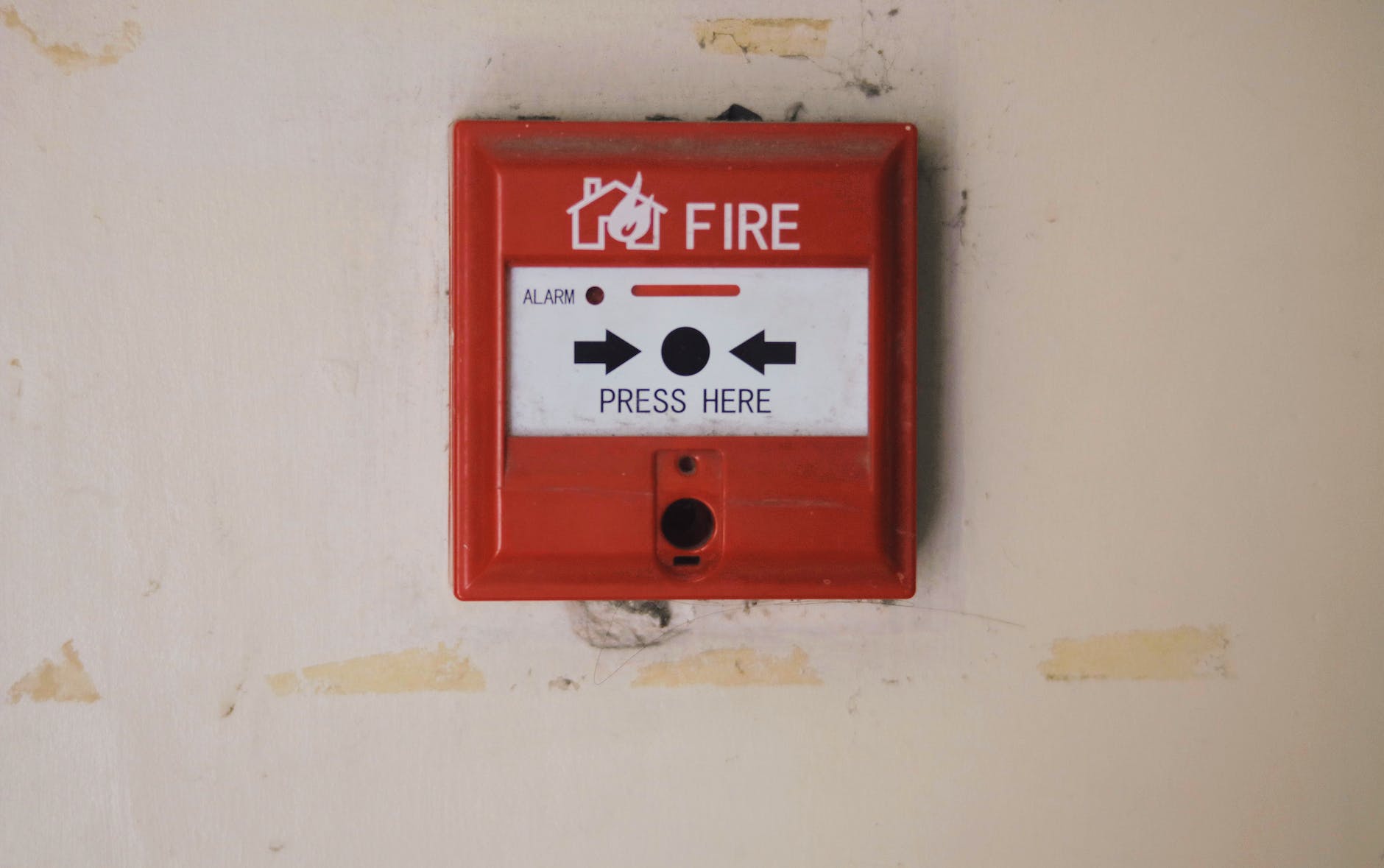
Fire Protection Systems
When it comes to fire safety, having a reliable and effective fire protection system is crucial. Fire sprinkler systems play a vital role in preventing the spread of fires and safeguarding lives and property. To ensure the optimal functioning of these systems, regular flow tests are essential. In this article, we will explore the significance of fire sprinkler flow tests and their role in ensuring reliable fire protection systems.
Evaluating Water Flow:
A fire sprinkler flow test involves evaluating the water flow rate and pressure within the sprinkler system. By conducting this test, the performance of the system can be assessed to determine if it meets the required standards and specifications. The flow test measures the amount of water discharged from the sprinkler heads over a specific period, providing valuable information about the system’s capacity to suppress fires effectively.
Identifying System Deficiencies:
Flow tests can help identify deficiencies or issues within the fire sprinkler system. These tests may reveal problems such as low water pressure, inadequate flow rates, or obstructions in the piping network. By detecting these deficiencies, necessary repairs or adjustments can be made to ensure that the system operates optimally when it is needed the most.
Compliance with Regulations:
Fire safety regulations and codes often mandate regular flow tests for fire sprinkler systems. These regulations are in place to ensure that the systems are functioning correctly and are capable of delivering adequate water flow in the event of a fire. By conducting flow tests and complying with these regulations, property owners and facility managers demonstrate their commitment to fire safety and adhere to legal requirements.
Preventing System Failures:
Regular flow tests are crucial in preventing system failures and ensuring the reliability of fire protection systems. By identifying and addressing any deficiencies early on, potential malfunctions or failures can be avoided. This proactive approach to maintenance and testing helps maintain the integrity of the system, reducing the risk of system failure during an actual fire emergency.
Verifying Design Performance:
Flow tests also play a role in verifying the performance of the fire sprinkler system’s design. The flow rate and pressure obtained during the test can be compared against the system’s design specifications to ensure that it meets the intended requirements. This verification process provides confidence that the system was designed correctly and will effectively suppress fires as intended.
Enhancing Occupant Safety:
Fire sprinkler flow tests ultimately contribute to enhancing occupant safety. By ensuring the reliability and functionality of the fire protection system, occupants of a building or facility can have peace of mind knowing that they are adequately protected in the event of a fire. Flow tests help identify any potential weaknesses in the system, allowing for necessary improvements to be made and ensuring the safety of those who rely on the fire sprinkler system for protection.
In conclusion, fire sprinkler flow tests are crucial in ensuring the reliability and effectiveness of fire protection systems. These tests evaluate water flow rates, identify system deficiencies, and verify compliance with regulations and design specifications. By conducting regular flow tests, property owners and facility managers can prevent system failures, enhance occupant safety, and demonstrate their commitment to fire safety. Investing in routine flow testing is a proactive measure that helps safeguard lives and property, providing the reassurance that fire protection systems are ready to respond effectively in the event of a fire.






